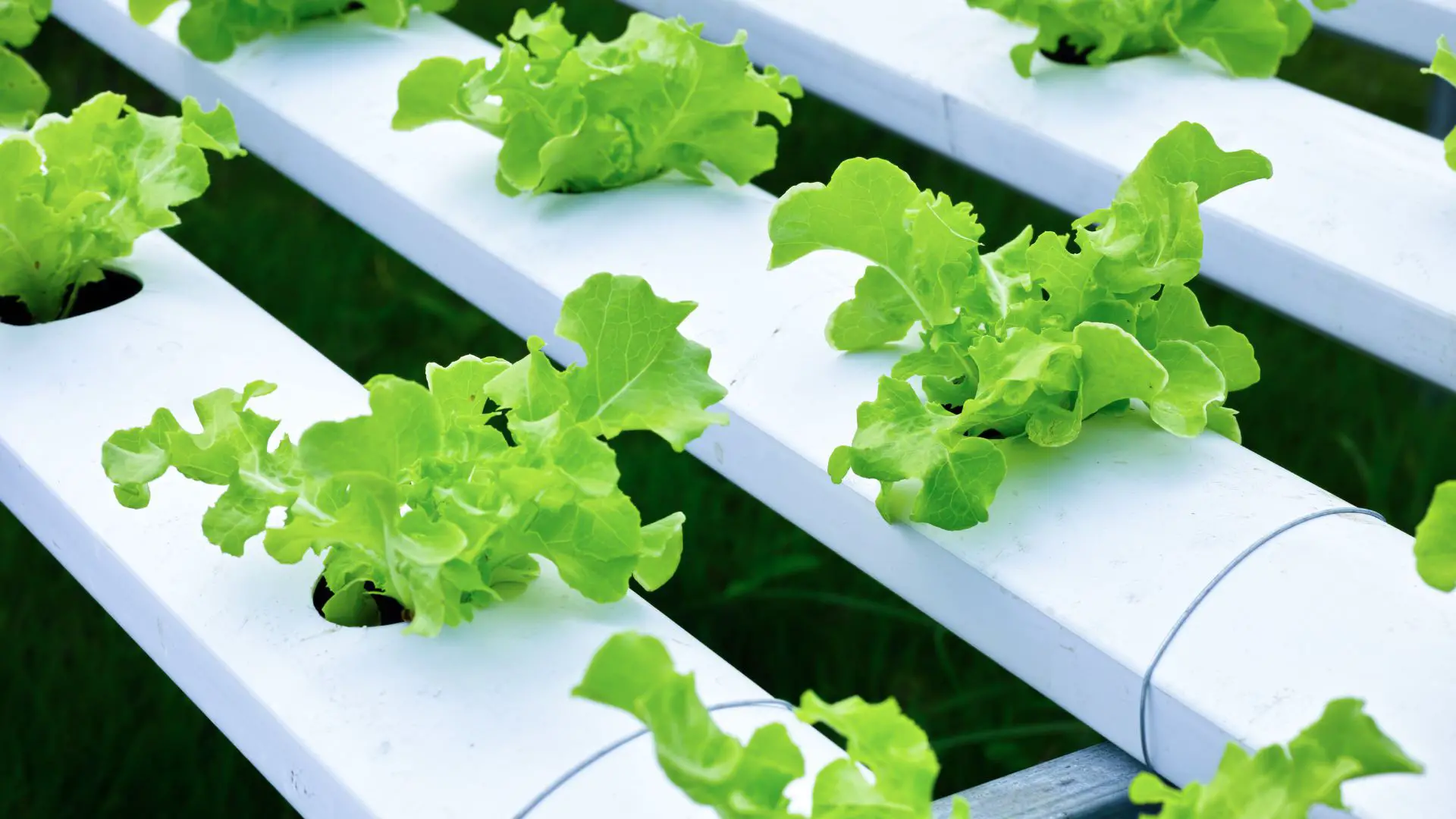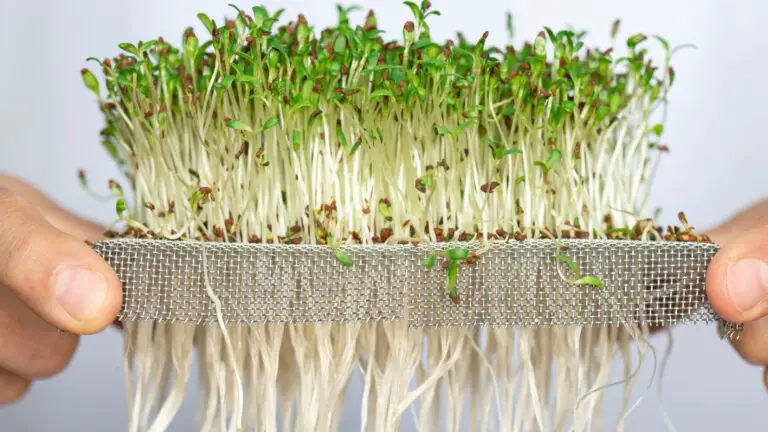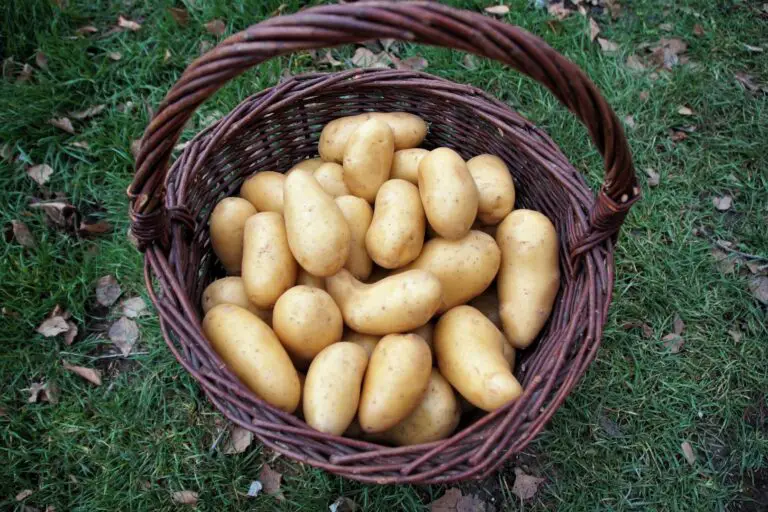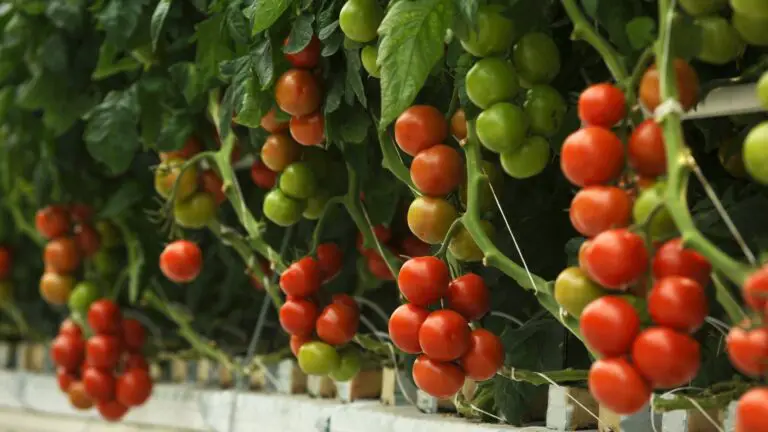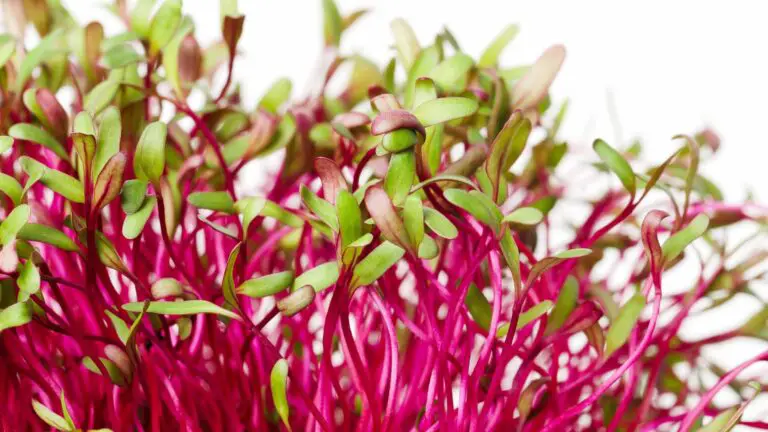Why Hydroponic Farmers Are Obsessed With Lettuce?
If you meet someone who grows hydroponics, this person likely grows Lettuce. Even those whose primary food is some other vegetable grow Lettuce alongside.
Lettuce is at least three times more prevalent than cucumbers and basil. Although tomatoes and strawberries are equally popular, most farmers also grow Lettuce.
Why?
Lettuce is a fast-growing, easygoing, high-value, and carefree crop.
Let’s investigate this and learn to go beyond an ordinary lettuce grower.
Why do most hydroponics farmers prefer lettuces?
Compared to tomatoes, strawberries, and other widespread hydroponically grown vegetables, Lettuce is preferred by many. The primary reasons are as follows:

1. Lettuce grow faster
Most lettuce varieties mature in about 4-6 weeks. This is far less than 8-12 weeks of tomatoes and cucumbers. Even strawberries start producing fruits after six weeks.
2. Lettuce only needs a little space.
Lettuce is a smaller crop compared to tomatoes, strawberries, and cucumbers. You can grow more lettuce crops in a small space than these complex plants. Healthy Lettuce can be grown even if arranged snugly, as long as they get enough sunlight.
3. Lettuce is easy to harvest
In Lettuce, the whole plant is the produce. Most consumers and restaurants prefer to buy them along with the roots. But fruiting plants require daily harvesting for a certain period.
4. Lettuce has simple nutrient needs.
Lettuce doesn’t grow branches or deep roots. It doesn’t have to flower or fruit either. We grow Lettuce for their leaves. Leaves usually need nitrogen. And a lot of it.
5. Lettuce is more easygoing.
Growing in a controlled environment requires constant monitoring. But Lettuce grows happily if the pH levels are slightly off. You don’t see them in tomatoes or strawberries.
6. Lettuce needs no pollination.
Flowers mean fruits. And they mean pollination. Tomatoes, cucumbers, and strawberries all need pollination. In open fields, bees handle it. But there are no bees in controlled greenhouses, where most hydroponic growing happens. Manual pollination is labor intensive.
7. Lettuce doesn’t need support to hold the plant.
Tomatoes aren’t vigorous plants that can stand on their own. If there’s no support, they can take more ground space. A thread or a log must be kept for the plants to grow. This is both labor-intensive and complex.
8. Hydroponically grown Lettuce needs no cleaning.
It’s easier to clean a cucumber than Lettuce. Do you agree? Soil-based Lettuce needs cleaning to wash off the dirt and any pesticides. Hydroponically grown Lettuce needs little to no cleaning at all. This gives hydroponic lettuce growers an edge.
9. Lettuce has a constant demand.
There’s a steady demand for Lettuce in various markets, including restaurants and grocery stores, making it a financially viable crop for farmers.
10. Lettuce needs no (or minimal) pesticide.
Due to its shorter time to maturity, lettuce usually doesn’t have pesticide issues. Also, because hydroponically grown lettuce is mainly inside a controlled greenhouse, it rarely encounters pests. Even when infected, the batch can be discarded, and a new batch will soon be replaced. Plants with longer lifetimes are susceptible to pests. In soil-based agriculture, pests are almost unavoidable.
How fast can Lettuce grow in hydroponics?
In hydroponic systems, the growth duration of Lettuce hinges on the specific variety. Typically, you can anticipate your Lettuce to reach harvest readiness swiftly, often within a concise span of six to eight weeks. However, specific scenarios may present even quicker outcomes, with harvests ready in three weeks.
Diverse lettuce types exhibit varied maturation timelines. Take butterhead and romaine, for instance; they usually attain harvest readiness in about three to four weeks. Conversely, more robust varieties like icebergs take a longer stretch, around six to eight weeks, to become edible.
The lifecycle of lettuce seedlings in hydroponics starts with the sprouting of rhizomes within 2-3 weeks. Following this initial phase, the Lettuce takes 2-3 weeks to burgeon near its harvestable size.
There’s a “cut and come again” technique when harvesting hydroponic Lettuce while encouraging continuous growth. This involves delicately pinching off some outer leaves, maintaining about an inch from the crown. Post-harvest, these leaves will regenerate, ready for another round of harvesting in about two to three weeks. This method ensures a sustained yield, making the most of your lettuce crop over time.
Nutrient needs of hydroponic Lettuce
Hydroponic Lettuce loves a unique mix of food to grow strong and healthy. Think of these as the big meals for your Lettuce. It wants five things: nitrogen, phosphorus, potassium, Calcium, and magnesium.
Nitrogen is super important! It’s like the main course for your Lettuce, helping it grow big and leafy. It usually eats 100 to 150 tiny bits of nitrogen in every million bits of water (ppm).
Potassium and Calcium are like the side dishes your Lettuce can’t do without. Potassium helps the plant breathe and drink water, while Calcium keeps it tall and strong. Without enough Calcium, your Lettuce might look sad with droopy or crispy leaves. So, it’s super essential for keeping your Lettuce happy and healthy.
Magnesium, Phosphorus, and Sulfur are like the snacks between meals. Magnesium makes the green in the leaves. Phosphorus is like the plant’s energy drink. Though sulfur is like an occasional treat, it’s still pretty significant.
Perfect conditions to grow Lettuce
Lettuce is more forgiving than other plants. Yet, hot weather makes Lettuce bitter, and extreme cold freezes it.
Since Lettuce is a cool-weather crop, 60–65°F (15–18°C) would be ideal. But Lettuce has a high tolerance range. It can grow even in 20°F (7°C) cold or 91.4°F (33°C) warmth.
Likewise, Lettuces are happy in the 6-7 pH range. But occasional slipovers are tolerated well.
Final thoughts
Theoretically, you can grow anything in hydroponics. But only a few crops turned out to be commercially viable. Lettuce checks almost all requirements.
Lettuce has a steady market, especially among people who prefer a healthy lifestyle. Restaurants and hotels almost can only run with them. Besides, it’s easy to grow and harvest compared to other crops.
If you’re only beginning to grow hydroponic, lettuces are a good choice. Because lettuces are more forgiving. Lettuces are the perfect choice, even if you’re starting your commercial hydroponic farm.

